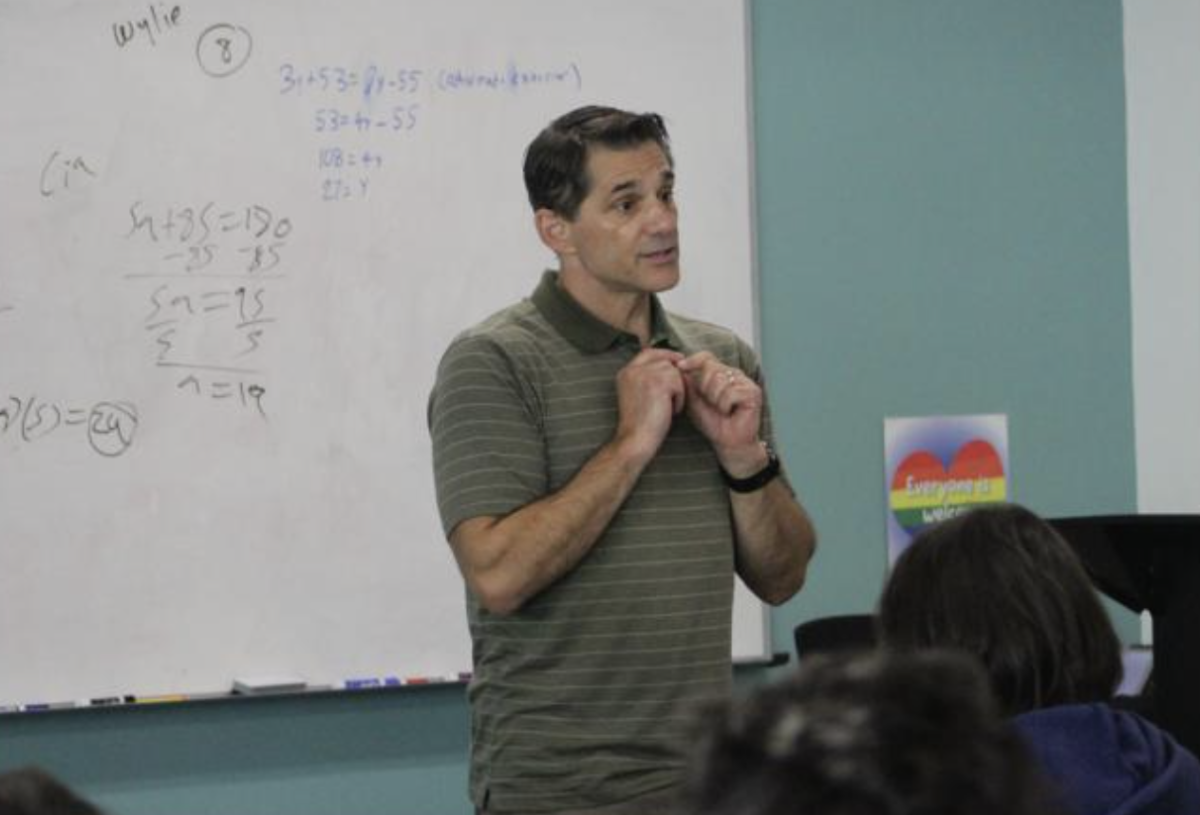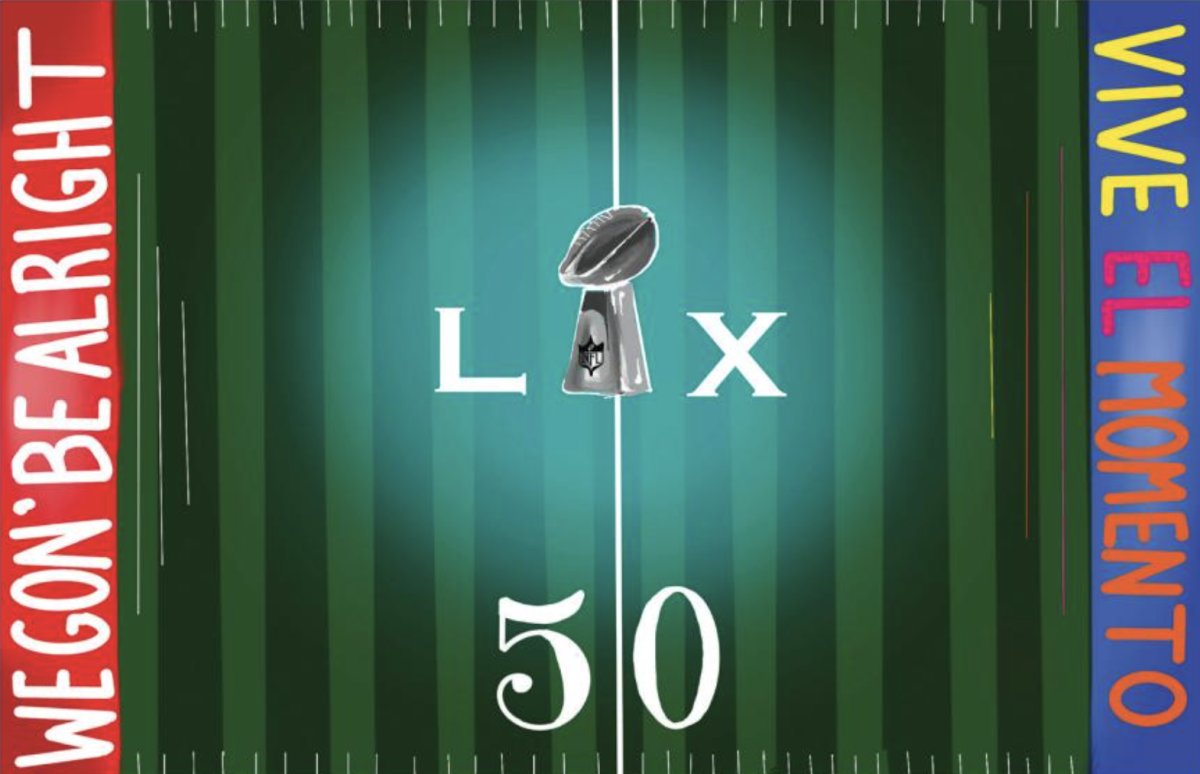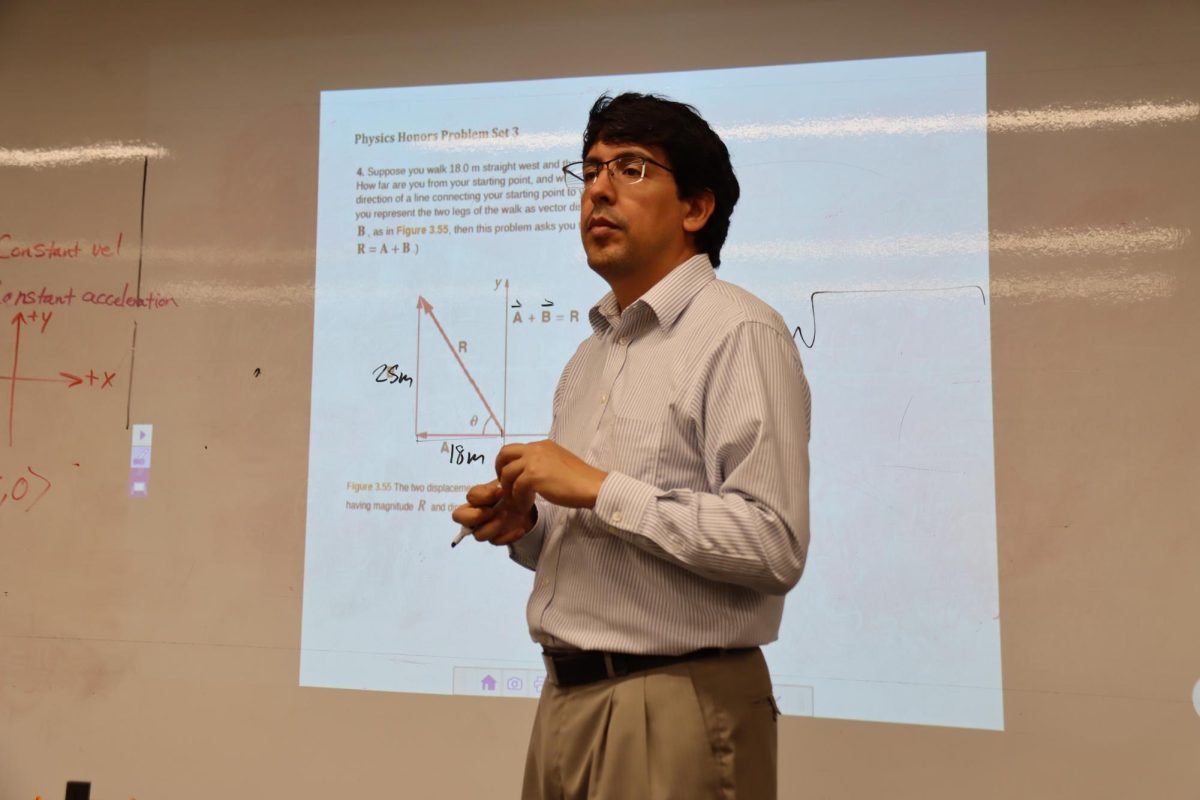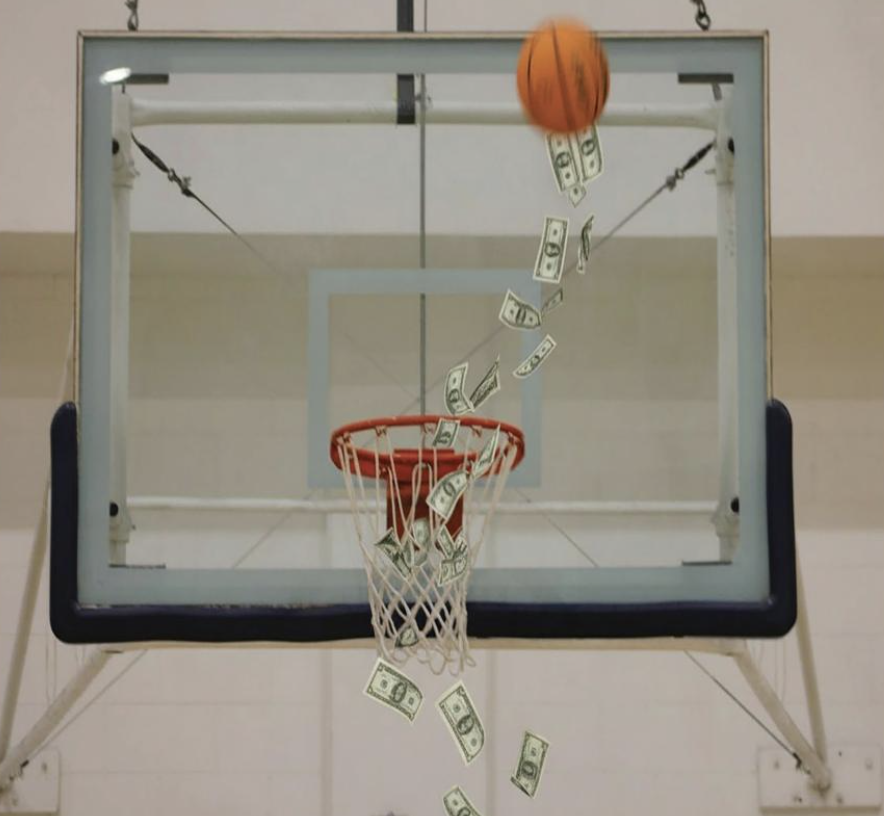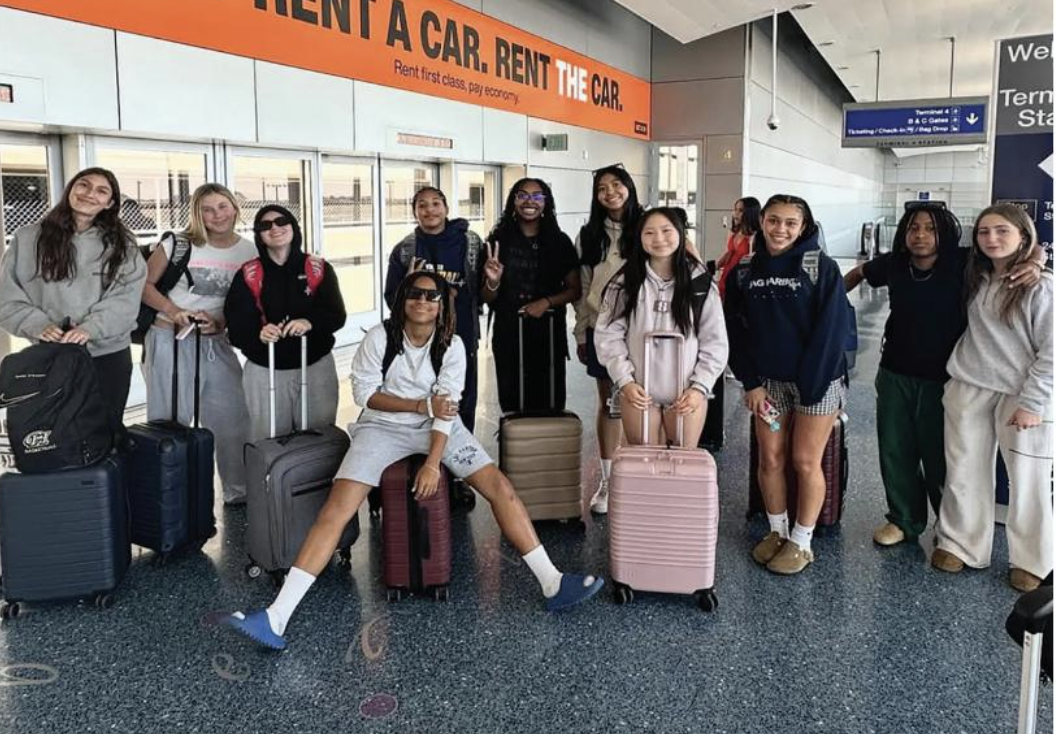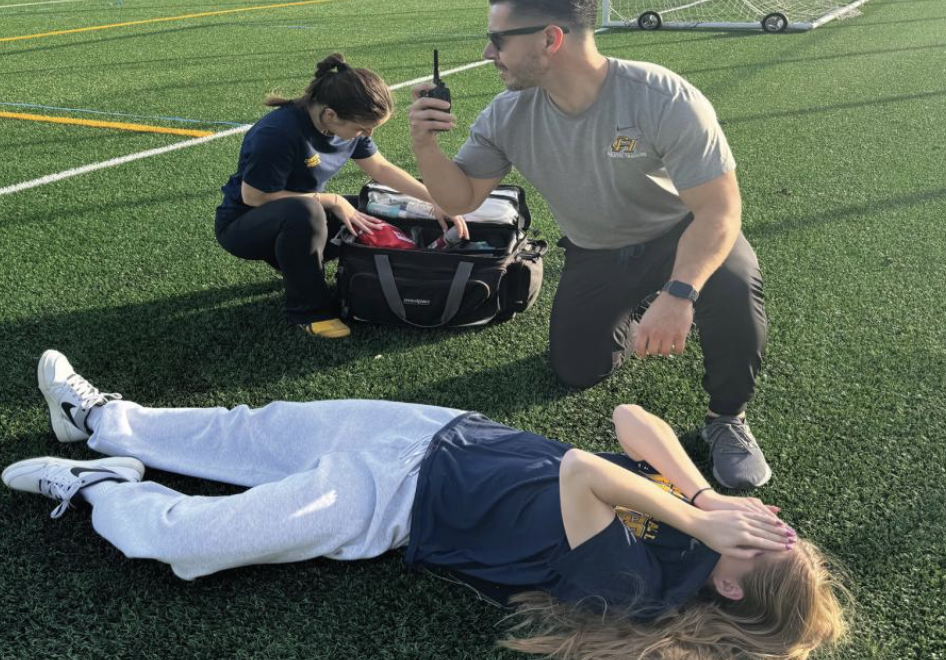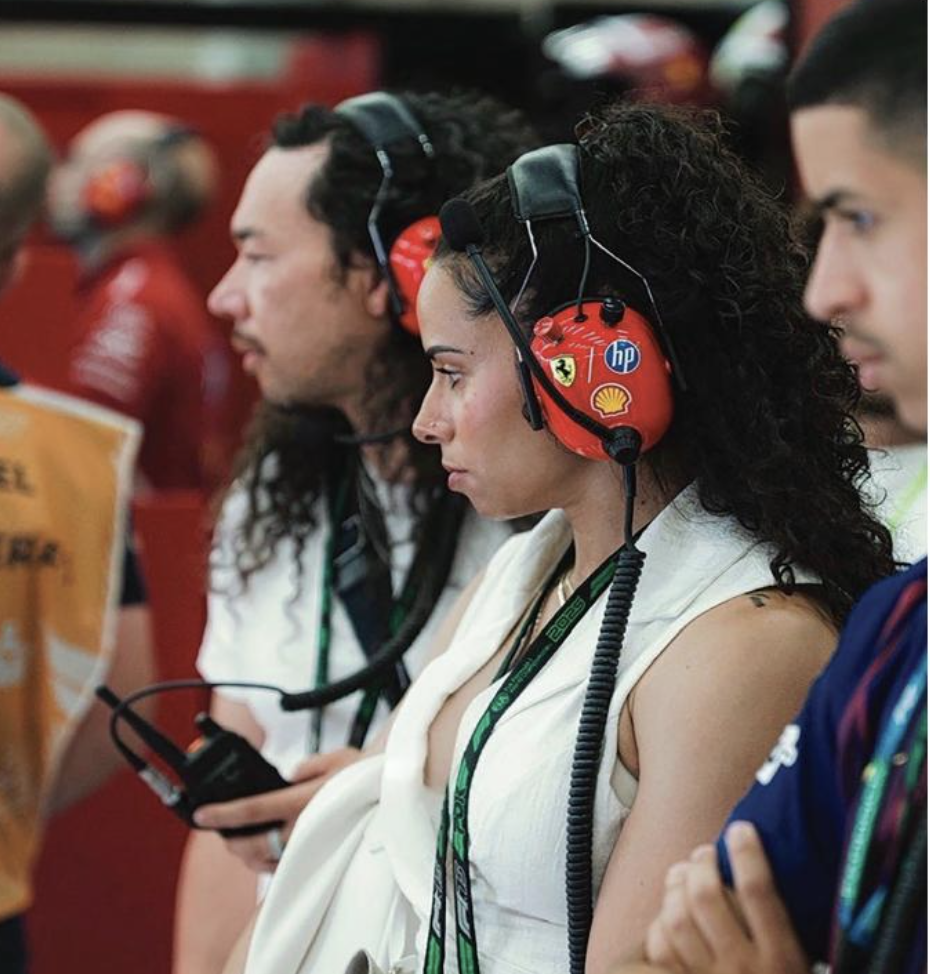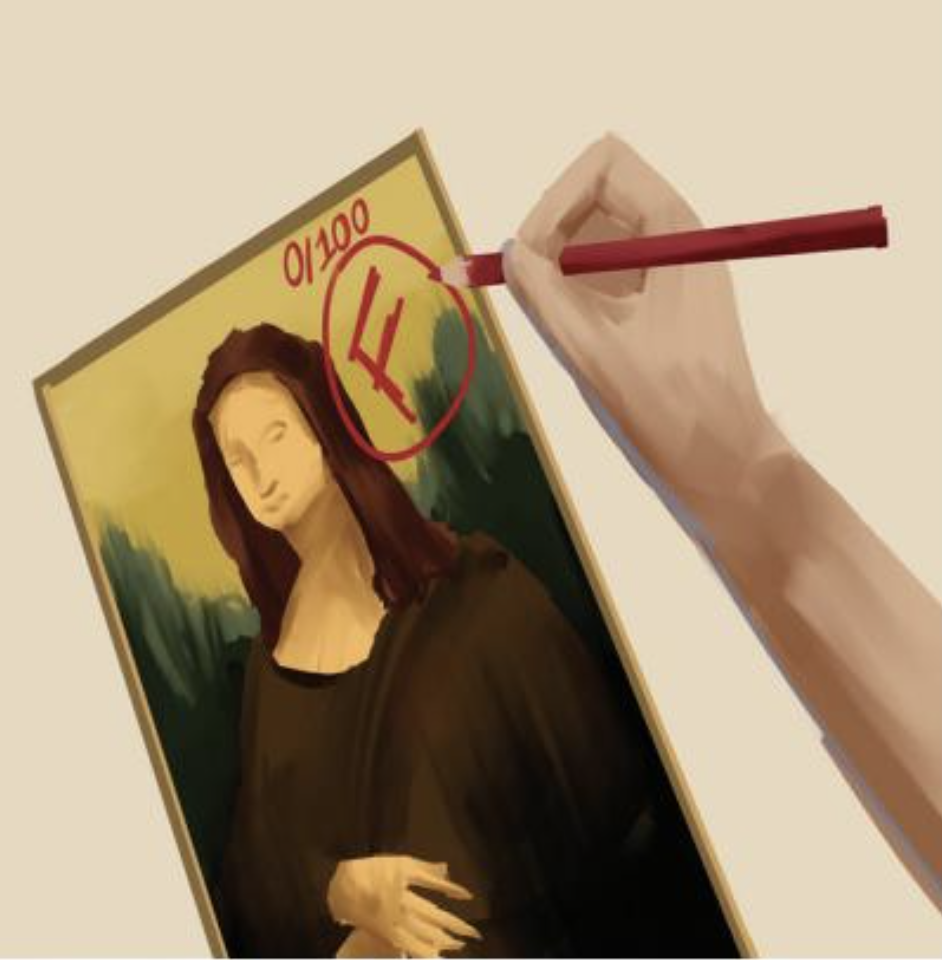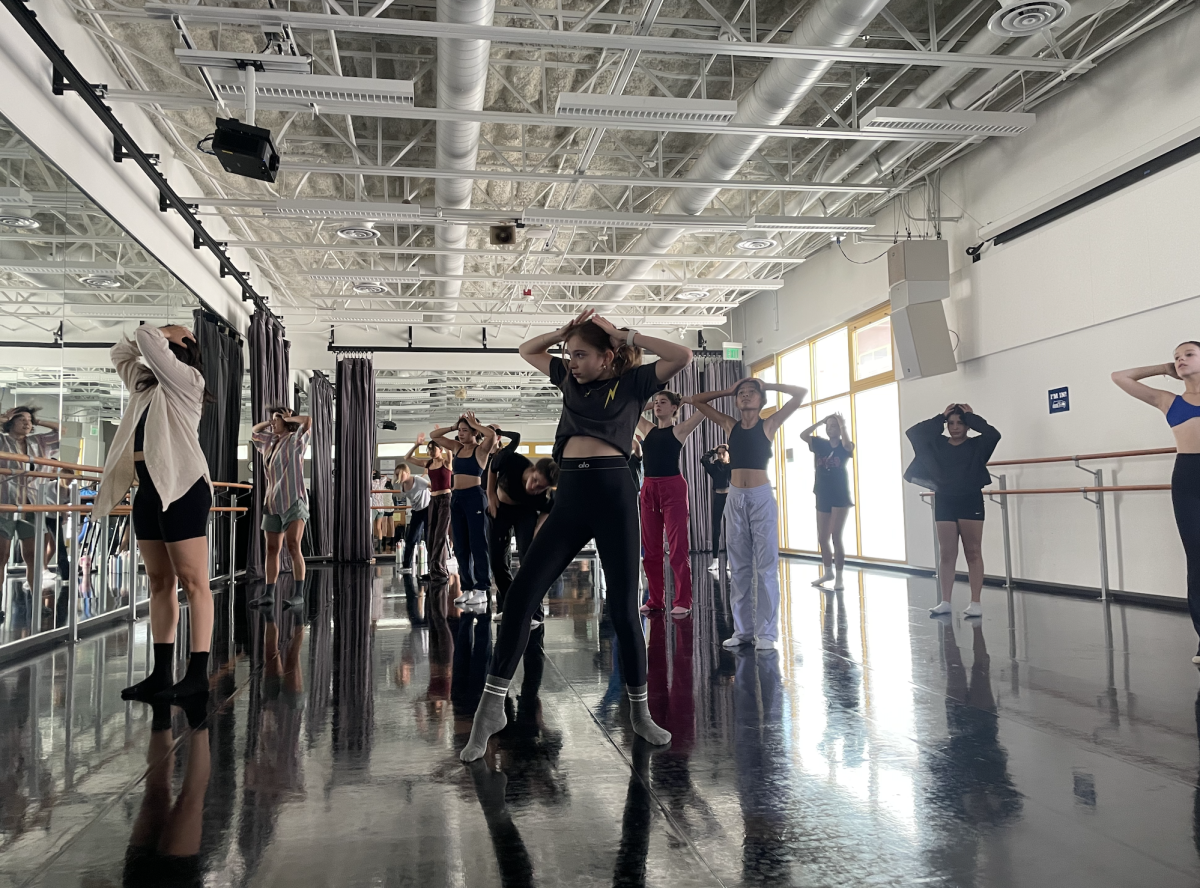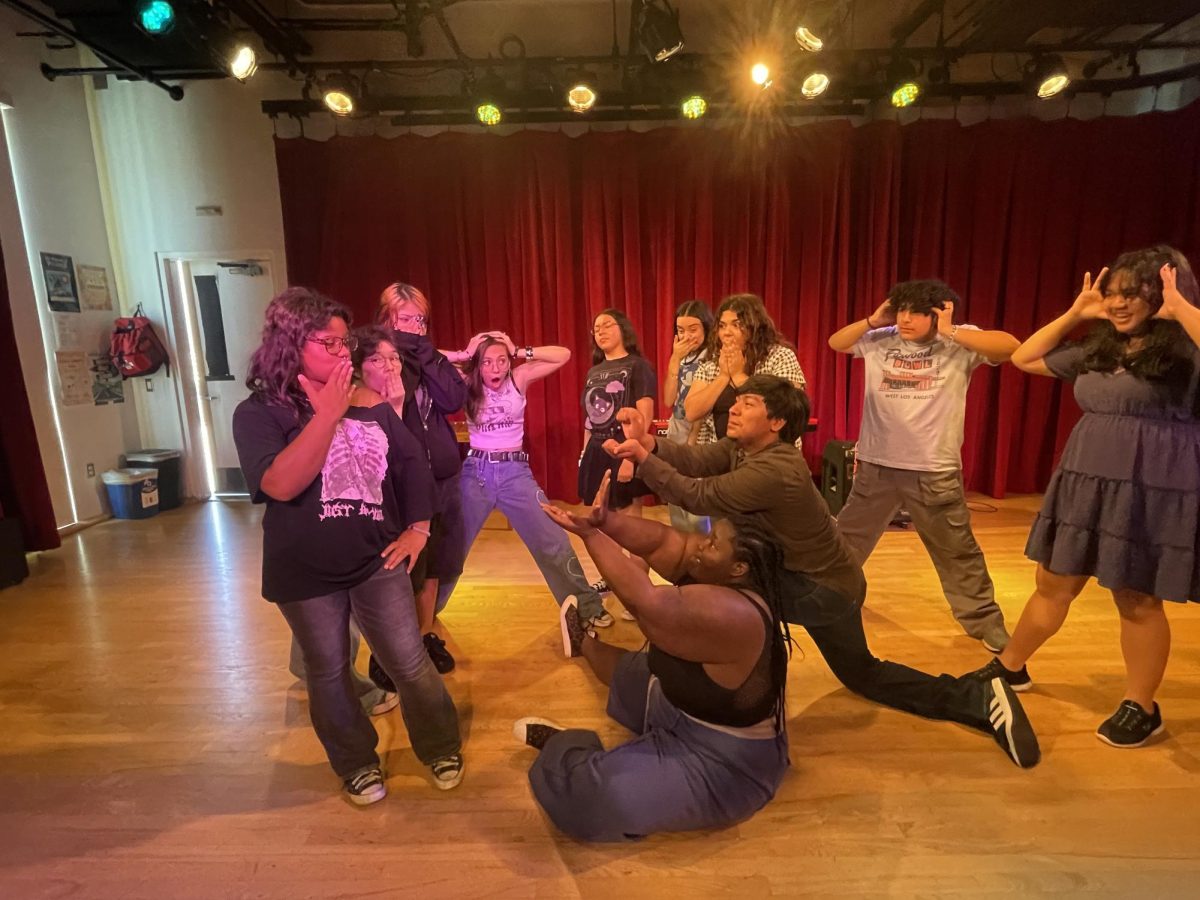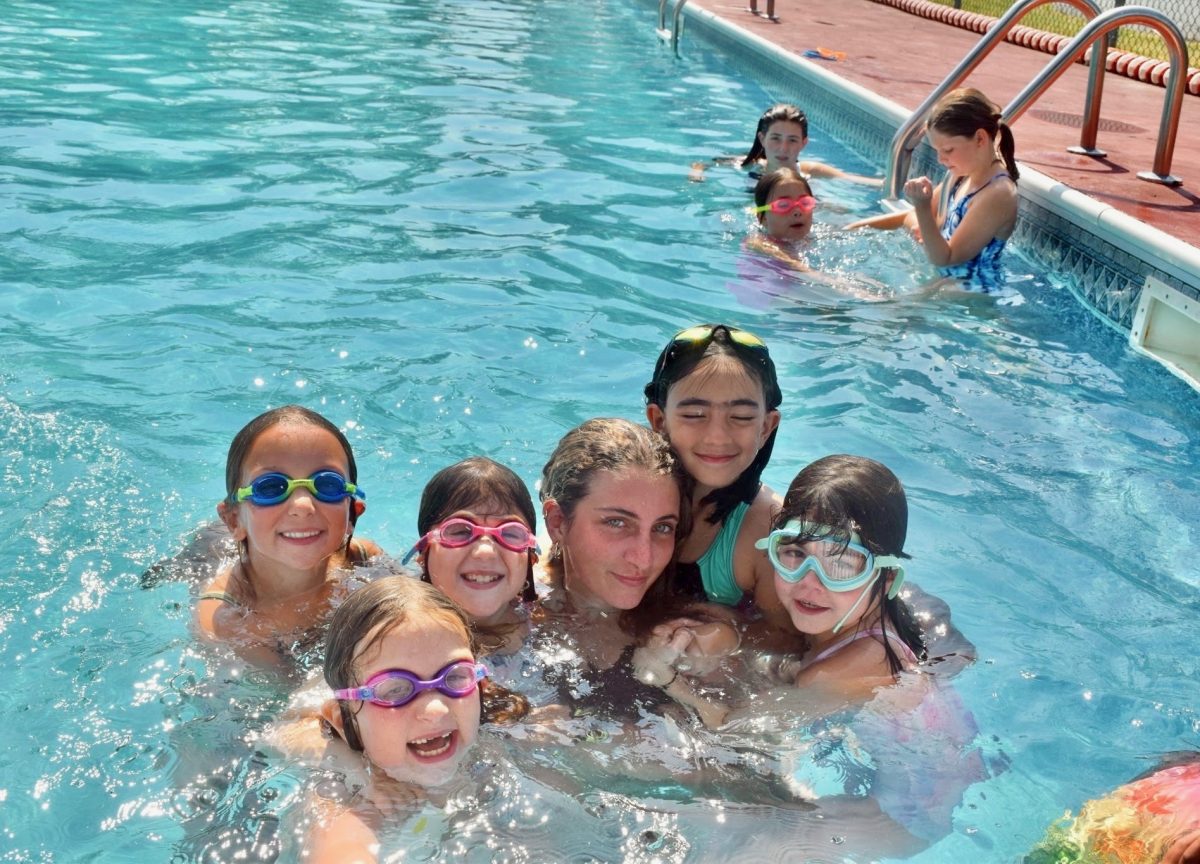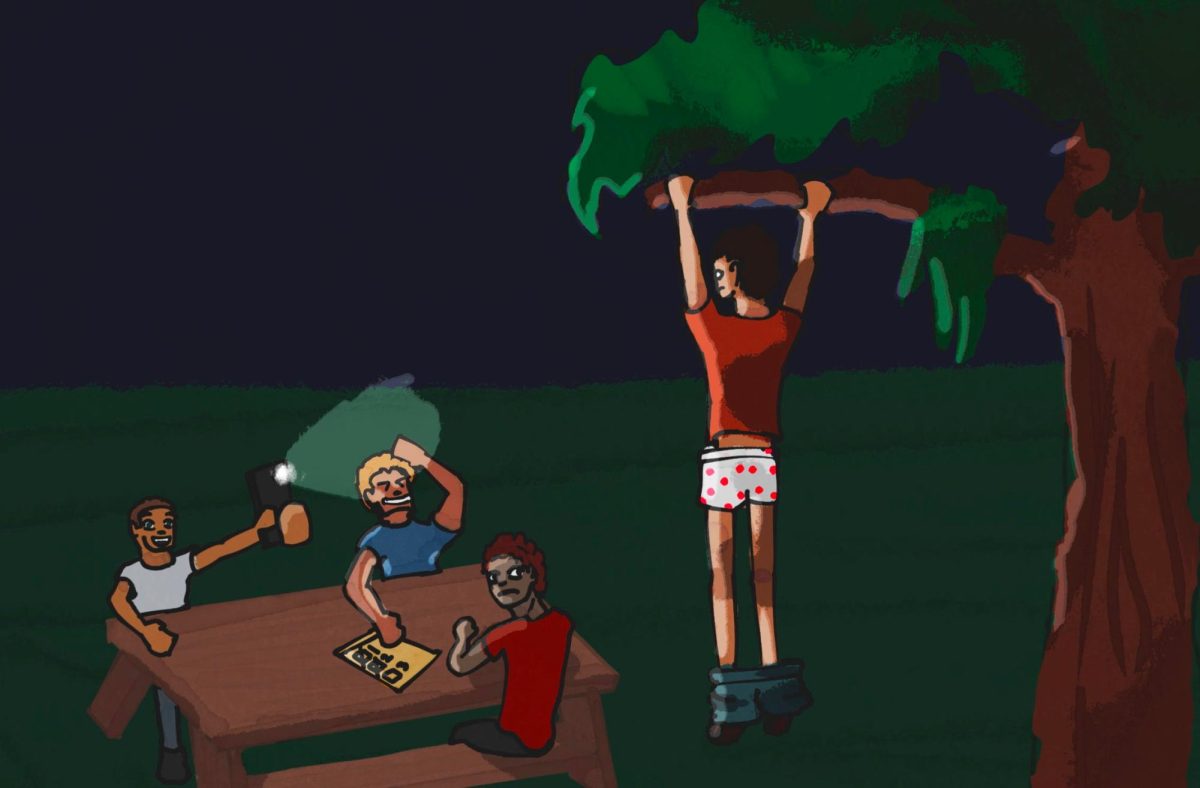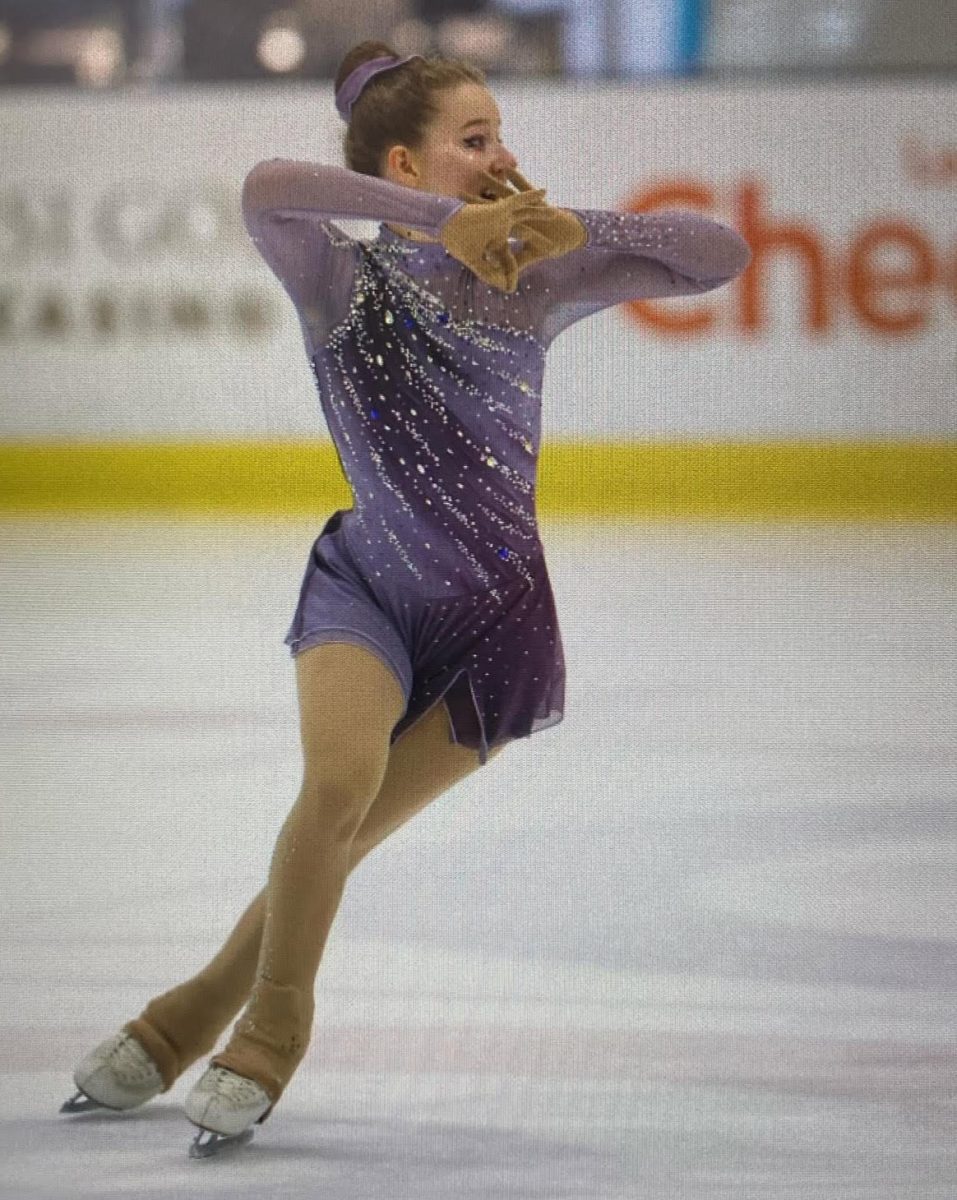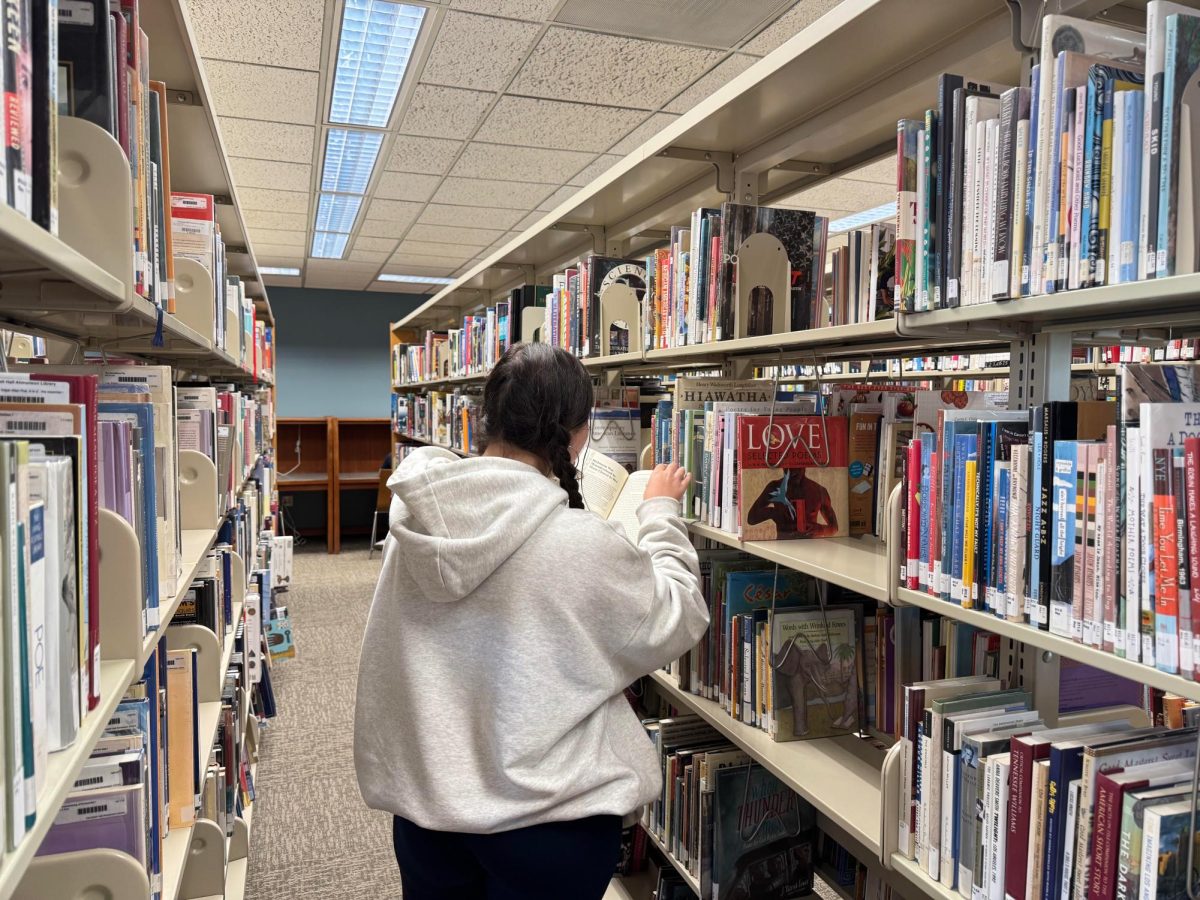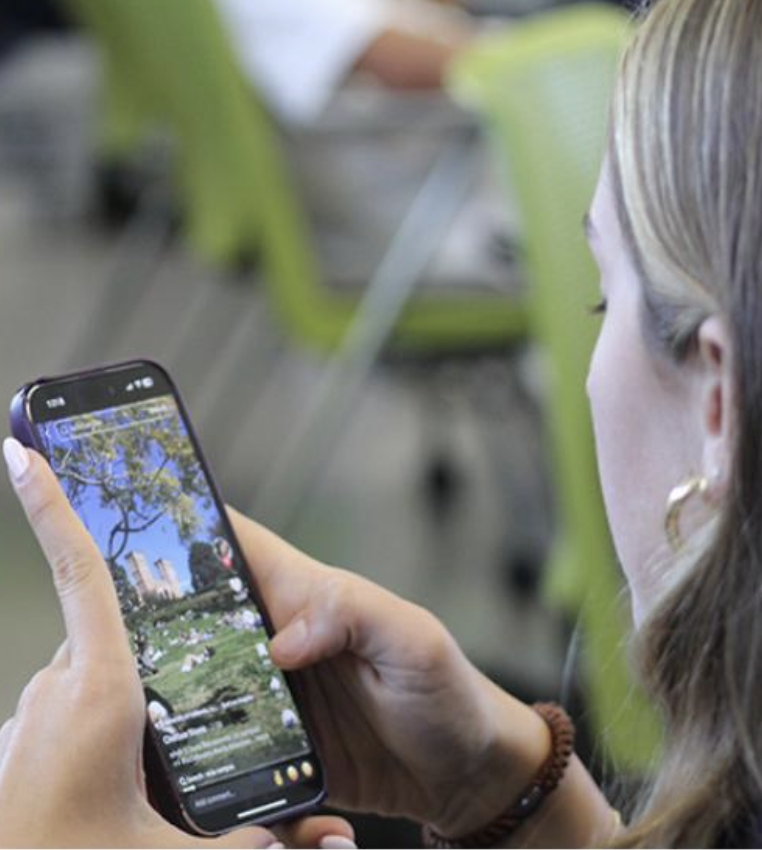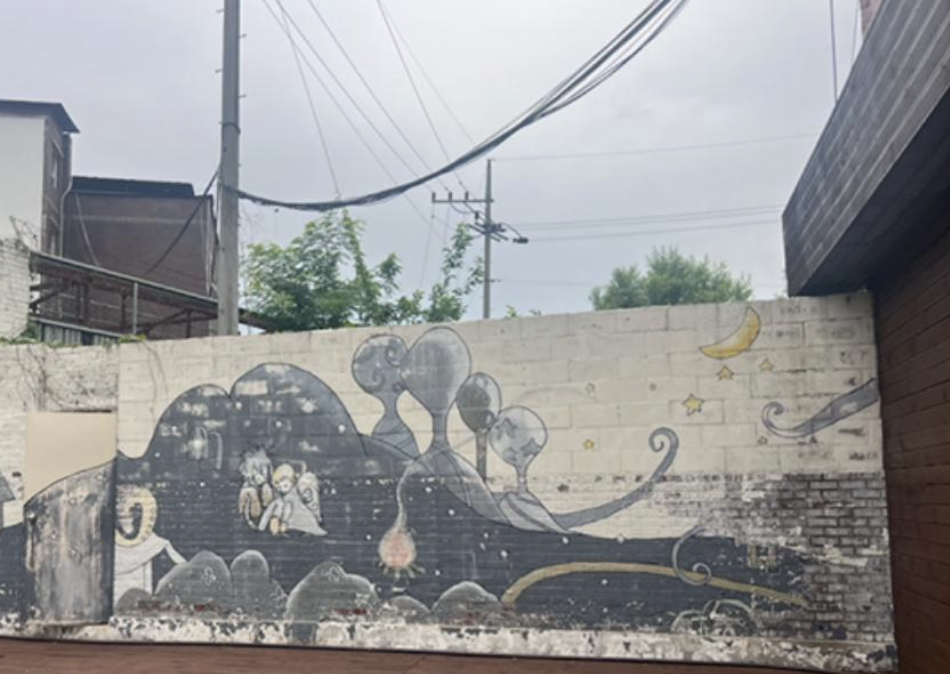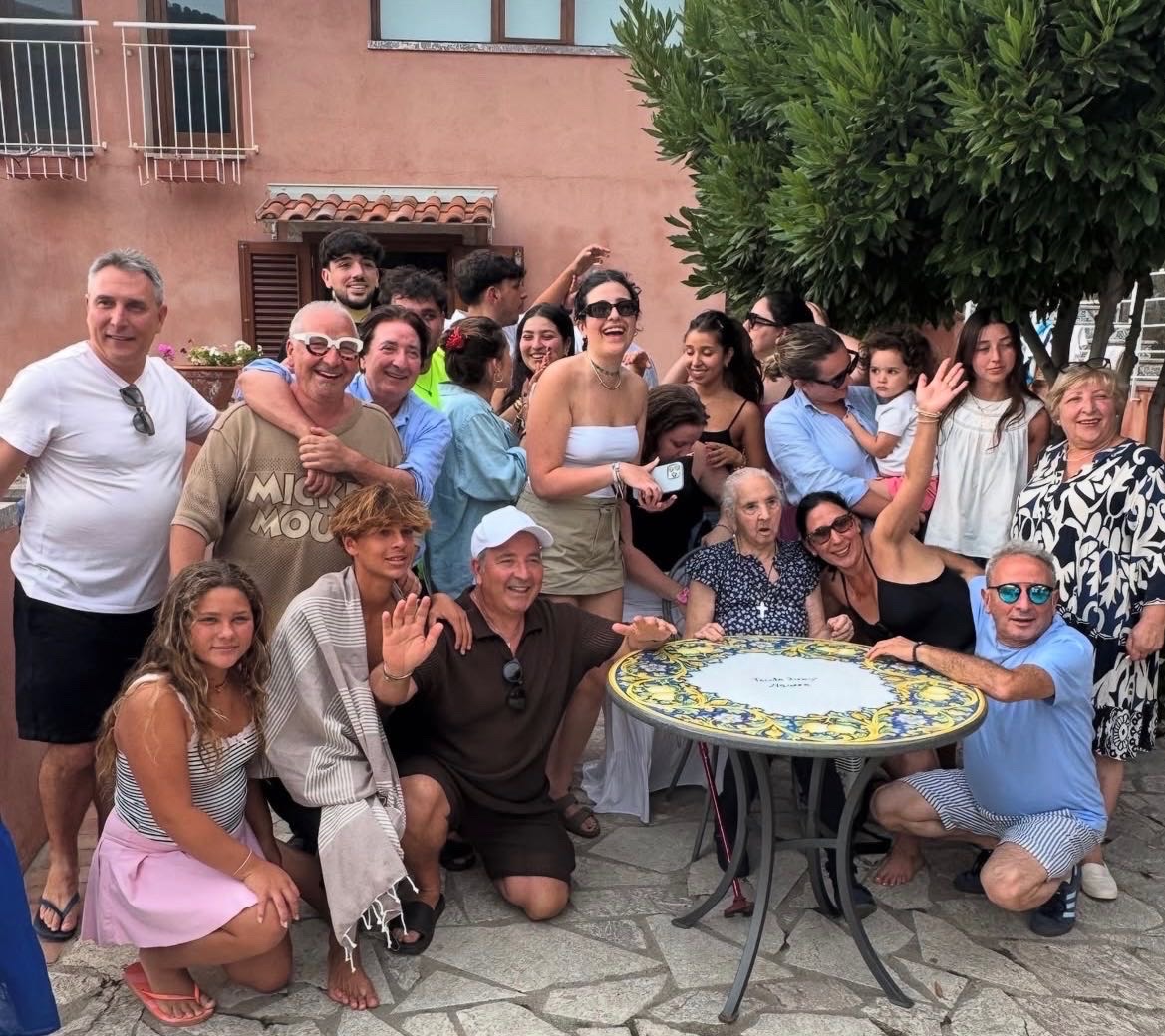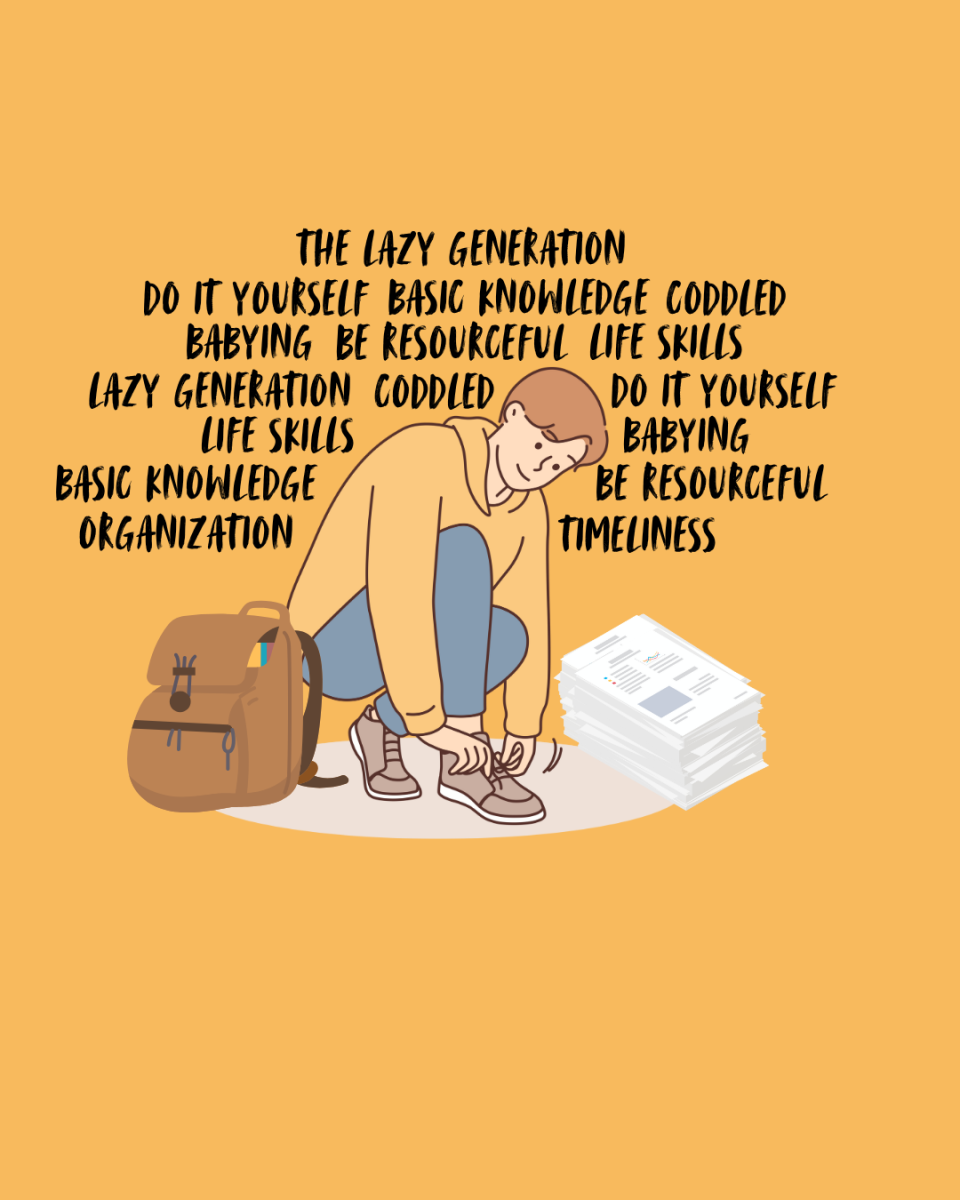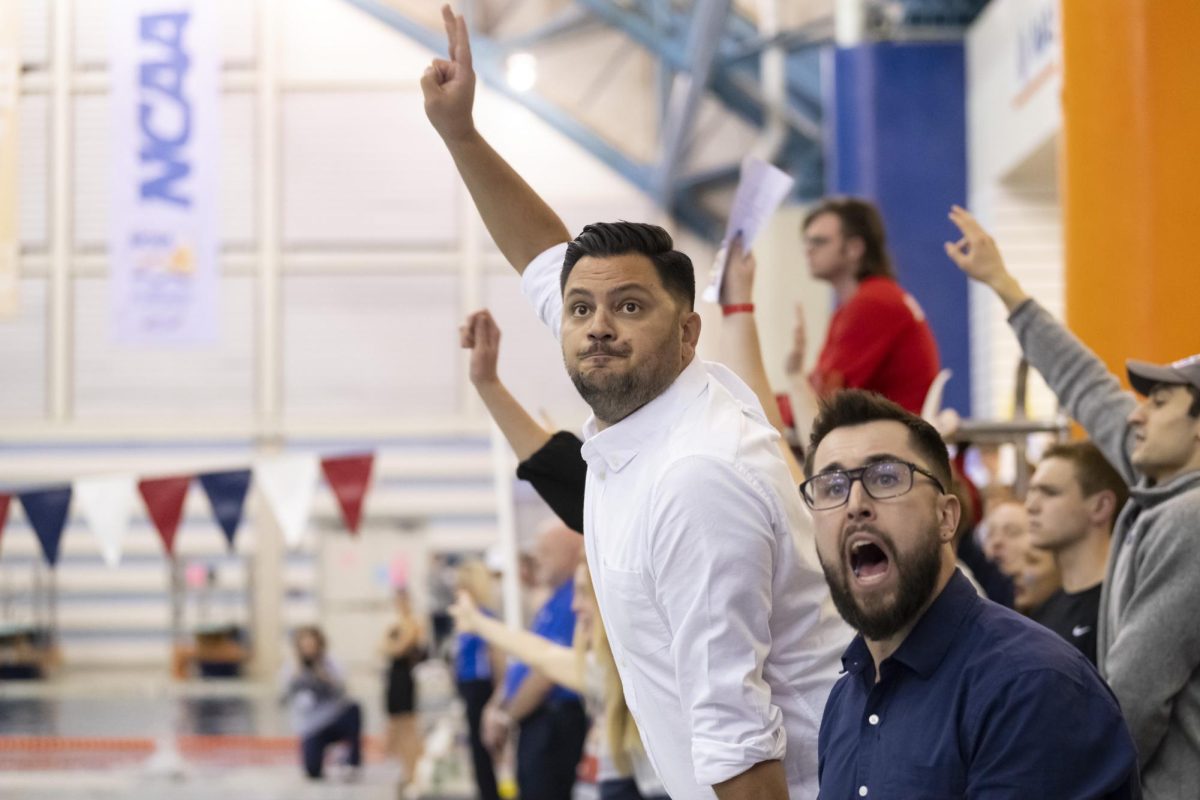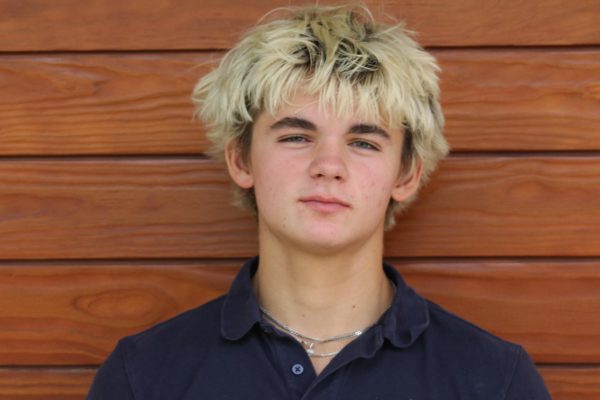For 20 years, Jason Bruns has spearheaded and developed the Steel and World Drumming program. Bruns’ designs his dynamic curriculum based on drumming rhythms he’s learned in his travels; in African and South American countries where most forms of world drumming originate, he lives alongside locals and they teach him how to play their music. World Drumming, he believes, is a chance to make other worlds of culture and music accessible to students at Campbell Hall.
Bruns was hired in 2005 to teach drum line at Campbell Hall, the percussion section in a marching band. It was discontinued due to noise complaints, so he proposed a semester-long class called Brazilian Drumming Ensemble which was then paired alongside semester two Salsa Drumming. As his travels led him to implement more genres, such as Samba Batucada from Rio de Janeiro and Maracatu from Recife, the more comprehensive title: World Drumming, was used for the class. Bruns has traveled to 13 different countries to experience and learn about drumming firsthand.
“I’ve stayed in a mud hut with a straw roof in remote locations like San Basilio de Palenque in Colombia, where they don’t even speak Spanish, but an African dialect,” Bruns said. “The rhythms are in a context of how the people live. I try my best to experience the music in a way that their culture experiences it. To do that, I have to go all in. I want them to trust me, to embrace an outsider coming to learn about their music and culture. I’m not just teaching my students cool rhythms I learned on exotic drums. I’m teaching them, through the music and the instruments, about another culture. Drumming is the common thread between cultures.”
Kenzie S. ‘27 is a first-year member of World Drumming. Sands originally auditioned for Steel PANdas, Campbell Hall’s steel drumming program, with World Drumming as her backup. Looking back, she’s thankful she was redirected, as she feels that the opportunity to learn from Bruns’ personal experience isn’t worth passing up. Kenzie plays the Caixa, a Brazilian snare drum, and is learning how to play the Tom Tom, a Bahamian hand drum. Kenzie appreciates the lack of musical prerequisites required to participate.
“[They’re] difficult drums, but they’re all doable,” Kenzie said. “Learning new instruments in two weeks is impressive, but anybody can do it if they want to. If one of us doesn’t sound right, we help [them]. In an ordinary class, you’re just listening to the teacher, but in our class, we’re listening to everybody’s section. It’s all equally important. It’s like a big family.”
Gigi J. ‘27 has been a member of Steel PANdas since eighth grade. She plays the tenors and is positioned in the front of the performance formation, which she feels puts pressure on her to perform flawlessly. Like Kenzie, she recognizes the difficulty of the instruments, but she believes the values and attributes she’s gained in Steel PANdas’ unique musical process can’t be found elsewhere.
“Steel drums drilled into me that hard work, patience and focus ends with good results,” Gigi said. “It’s hard to stay focused when you’re frustrated because you’re playing a hard section of the song while still trying to learn it and keep up. But ultimately, in the concerts, the end result always sounds good.”
Bruns hopes his students gain a true appreciation for culture in music and that it becomes an important part of their lives. He’s observed the way other cultures intertwine, creating music in the daily lives of regular people. He hopes that students in World Drumming experience music in the same therapeutic way as other parts of the world do.
“I hope they feel that magic feeling of making music with friends,,” Bruns said. “Then in chapel performances and our world music concert, to give the audience that experience of ‘wow, I never heard music like that before, but that’s amazing.’ Just to introduce people to this therapy.”


